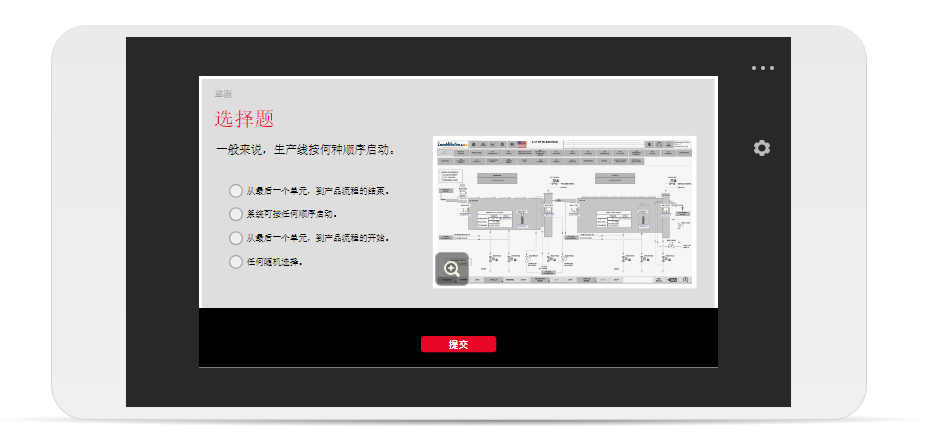
Online learning is now essential for every organisation’s education and training initiatives, especially in today’s fast-paced, globalised workplace. With the convenience of eLearning, employees can access training when and where it suits them best.
But for organisations with international teams, language barriers can still be a hurdle. Research shows that around 43% of people globally are bilingual, and 17% are multilingual, meaning nearly half of your workforce may benefit from learning content in a different language.
To improve engagement and understanding, it’s critical to provide training in the language that resonates best with your learners. This is where content localisation comes in and the good news? Thanks to tools like Articulate 360, localisation has never been easier.
What Is Content Localisation?
Localisation is more than just translation. It means adapting your digital learning materials to suit the cultural, linguistic, and contextual needs of your audience.
Think of it like this: a course designed in English with local examples may fall flat when shared with learners in Japan or Brazil. With localisation, that same course can be adapted to include appropriate language, visuals, tone, and references, making it relevant, relatable, and more impactful.
Key localisation elements include:
-
Translating course content
-
Adapting tone and language nuances
-
Replacing cultural references
-
Swapping out region-specific examples and visuals
This process helps learners connect with content and gives businesses a better return on their learning investments.
The Big News: Articulate Now Automates Localisation
Articulate recently launched automated localisation features across its 360 suite, dramatically simplifying how global teams manage eLearning translation and adaptation.
Now, with just a few clicks, you can automatically localise content in Rise 360 and Storyline 360, saving hours of manual editing and reducing your reliance on external translation services.
Key features include:
-
Automatic duplication of courses into 70+ (and growing) languages
-
Language detection and switching based on learner preferences
-
Simplified export/import workflows for third-party translators
-
Integrated content previews so you can visualise the translated course before publishing
This is a game-changer for organisations that need scalable, consistent, and efficient localisation.
Why eLearning Translation Still Matters
Even with automation, it’s essential to understand why localisation drives better learning outcomes. Here’s how multilingual content makes a difference:
- Improves Performance – Employees understand content better in their preferred language, leading to faster completion, improved comprehension, and better workplace outcomes.
- Increases Employee Satisfaction – People feel seen and supported when training is tailored to their language. It sends a strong message of inclusion and respect.
- Builds an Inclusive, Multicultural Workplace – Offering translated content supports cultural inclusivity and fosters better collaboration across diverse teams.
- Attracts Global Talent – A multilingual training experience positions your organisation as global-ready and inclusive, an attractive quality for top-tier international candidates.
- Improves Retention and Application – Learners retain more when content is presented in a language they’re comfortable with, leading to better application of knowledge on the job.
How B Online Learning Simplifies the Translation Process
Translating eLearning content used to be a multi-step, manual process. We’d export the translation file, send it to a third-party agency, then reimport the translated text into Articulate Storyline or Rise. This added time, cost, and complexity to every project.
Now, with Articulate’s built-in translation tool, the process is smoother, faster, and more cost-effective. No more juggling files between systems. Clients benefit from quicker turnaround and a more seamless experience.
We’ve supported many organisations like Heat and Control, a global engineering and manufacturing company in localising training from English to Chinese and other languages.
Ready to Get Started?
With the latest localisation capabilities in Articulate 360, there’s never been a better time to make your eLearning content globally accessible.
As the exclusive Certified Articulate Training Partner for Australia and New Zealand, B Online Learning can support your localisation journey—from strategic advice to hands-on development and training workshops.
Get in touch to chat about your localisation needs.
Join our next Articulate training workshop to learn how to make the most of these new features.

